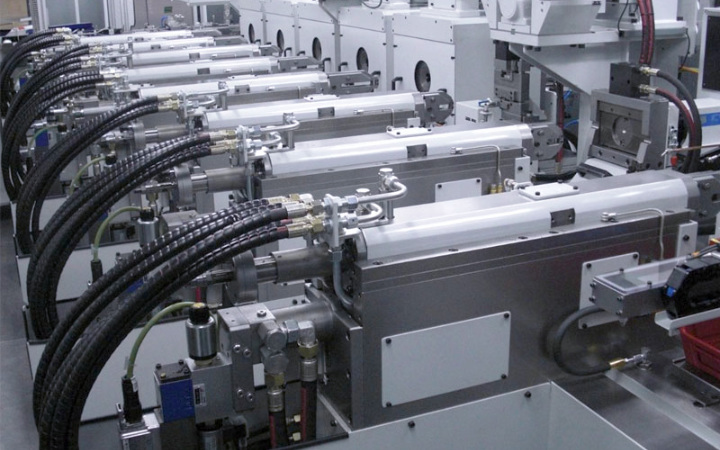Swaging machine have a variety of uses. For instance, they can be used to assemble certain parts such as cable fittings or to produce reductions in the shoulder of convoluted tubing. They can also be used to form metal components like the casters found on office chairs or furniture pieces.
1. High Precision
Felss rotary swaging machines offer high precision, making them perfect for applications where the exact dimensions of a tube, rod or wire component are important. This is especially true when it comes to manufacturing fluid control tubes, or aerospace tubing components.
A swaging machine creates its final product through a rapid succession of hammer strikes, which allows the metal to form without chipping. This is a highly economical method to point rod or tube for redraw, and can also be used to size, reduce, shape, taper, bond, or form metal parts.
A swaging machine can be operated manually or powered for high-volume production. Its touchscreen HMI offers easy operation, with settings stored in “recipes” to automate the swaging process. This helps to eliminate operator error, and increases the accuracy of swaging results.
2. Easy to Operate
A rotary swaging machine consists of a chuck that supports the workpiece centered in two or four shaped swaging dies, which hammer together up to 2,000 times per minute. These machines are often used for reducing the diameter of a round workpiece, producing a tapered end, or adding a point to a workpiece.
These machines have been designed to minimize on-the-job fatigue for the operator and provide consistent, repeatable results. Unlike hammering, swaging causes no material loss, making it ideal for precious metals. Additionally, swaging produces parts with high tolerance and improves mechanical properties. PROMEC offers a variety of standard swaging machines and dies, but also has the engineering and design capabilities to create custom dies for unique requirements. This flexibility reduces inventory needs and labor costs.
3. Economical
Swaging machines are a low-cost way to efficiently point, reduce and form rod, tube or wire. This is because swaging is a chip-less metal forming process that shapes the workpiece with a rapid succession of blows. It can also be used to size, shape, taper, and bond metal parts.
In addition, swaging machines can perform both end-forming and diameter reducing operations on long lengths of rod, wire, or tube. Unlike casting, which requires the handling of hot, molten metal, swaging is a cold forming process that is safer to operate.
Rotary swaging can create a wide range of components, including collars, a head and a pintail. This allows for the production of lightweight components that are ideal for a variety of applications. Swaging provides a high finish and eliminates the need for secondary processes, such as bending or flattening, which saves time and money.
4. Durable
Swaging is a more durable and cost-effective method of producing a finished component than molding, which requires an intensive and less dependable secondary operation. It also allows for a more precise control of the wall thickness than other forms of metal forming such as rolling and extruding.
Rotary swaging results in surface compressive residual stresses that are stable under mechanical load and thermal conditions. However, it can have a negative impact on the Basquin line slope of the material.
This can be minimized by adjusting the stroke following angle or using flat dies. These results in reduced periodic surface residual stress fluctuations as well as lower hardness increases at the surface. This leads to more consistent and repeatable production.
5. Easy to Clean
While a swaging machine can be used for many applications, it’s important to know how to use it properly. For instance, the swaging tool should be kept clean of dirt and debris when not in use. If not, the blades may become dull and could cause damage to your work.
Additionally, it’s important to know the swaging machine’s limitations and avoid trying to swage metal that is too thick or tough. Doing so could cause the swage tool to bend, which can lead to a loss in efficiency and reduced precision. In addition, you should lubricate the bolts that join the swaging tool’s different parts from time to time, to prevent them from becoming stiff and hindering movement. To learn more about swaging, visit the Piranha website.
